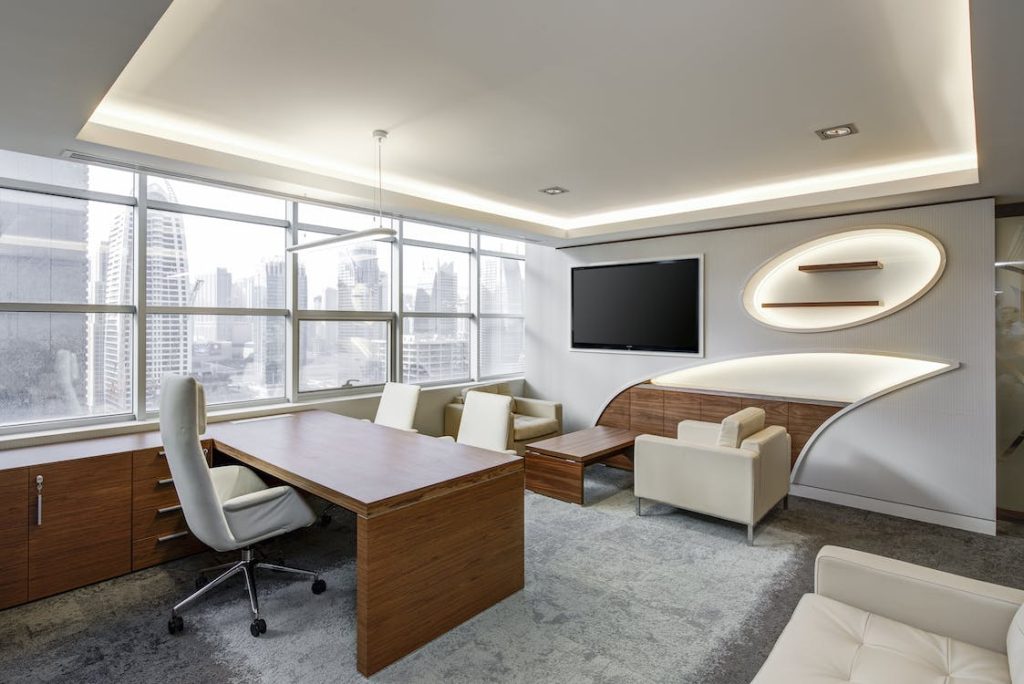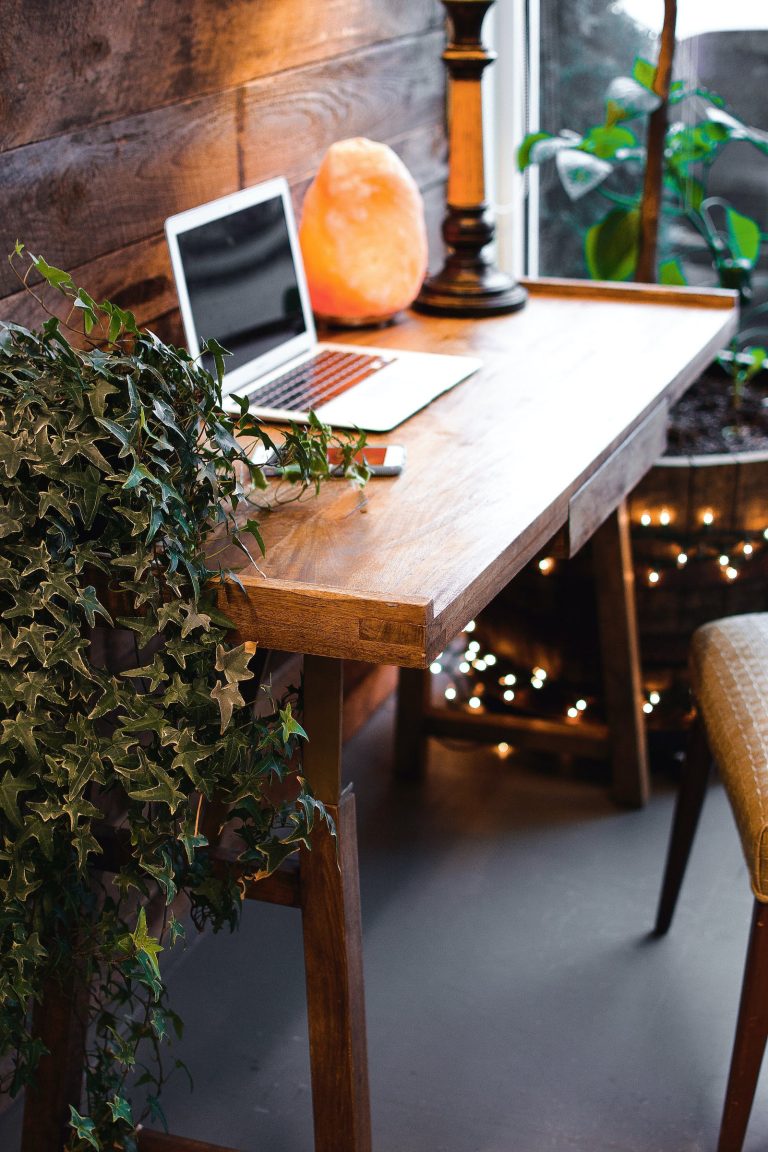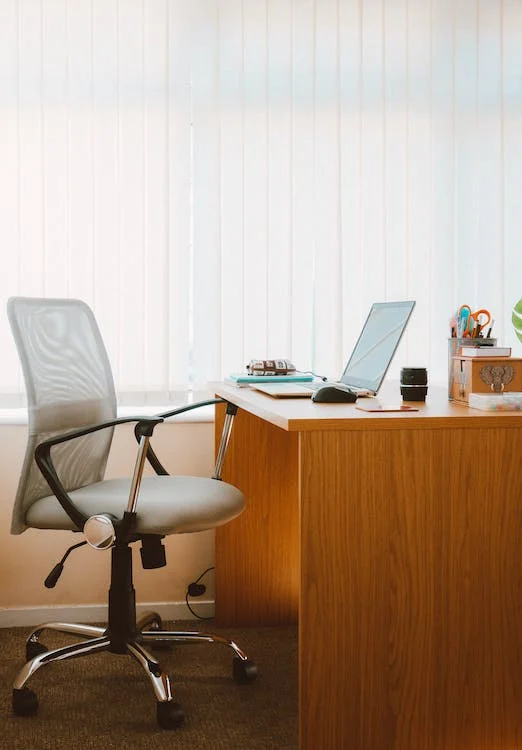
How to choose your office furniture?
In an age when comfort in the workplace is essential, choosing the right office furniture is becoming a key issue for many companies.
Not only does this impact on employees’ well-being, but also on productivity and the company’s image.
Good office furniture isn’t just a purchase; it’s an investment in well-being and productivity.
Every piece of furniture, whether a table or a chair, influences the working atmosphere.
Let’s look at how choosing the right furniture can transform your day-to-day work.
The importance of good office furniture
Beyond aesthetics
Choosing the right office furniture is about more than aesthetics. The quality of furniture has a direct impact on employee productivity and well-being.
Comfort and prevention
The right desk and ergonomic chair contribute to ideal posture, preventing back pain.
Good furniture also enhances concentration, reducing the distractions associated with discomfort.
Collaboration and corporate image
Space design stimulates collaboration between teams and encourages exchanges.
Good furniture also reflects a positive corporate image and values.
Impact on productivity and well-being
Work performance
Health and well-being
Motivation and commitment
Employees who feel valued by a comfortable workspace are naturally more committed and motivated.
Enhanced collaboration
The right meeting spaces and the proper layout can boost creativity and strengthen team cohesion.
Every choice of furniture has a direct impact on company dynamics.


Types of office furniture
Private offices
Opting for a private office means choosing a dedicated space, ideal for employees or managers looking for a setting conducive to concentration.
In addition to comfort, you also need to think about layout, considering storage needs and the size of the space.
Open spaces
Team dynamics shape the success of your business. Many organizations recognize this today.
Whatever your preference for totally open or semi-enclosed spaces equipped with acoustic panels, our products are designed to meet your requirements.
System panels
System panels create a personalized workspace. They add dynamism while promoting comfort and collaboration.
Ergonomic and modular, they strike the right balance between privacy and team interaction.
Height-adjustable
Flexibility is the name of the game with adjustable desks. With the option of working seated or standing, they meet the ergonomic needs of the day.
Thanks to a simple height adjustment function, they can be adapted to suit each employee, promoting well-being and productivity.
Essential office chairs
Office chairs and seating
The quest for the ideal office chair often centers on two essential pillars: ergonomics and comfort.
The office chair is one of the most sought-after pieces of equipment, as it accompanies us for a large part of our day.
Opting for the right chair can improve the working experience and prevent many physical discomforts.
Customer chairs
Providing comfortable seating in the waiting area is a testament to your attention to detail.
A welcoming seat can turn waiting into a pleasant experience, enhancing your company’s image.
Lounges
Our lounge chairs are designed for easy mobility and relaxation while promoting informal talks and corporate conviviality.

Aesthetics and design
Reflecting corporate culture
Furniture aesthetics speak for you. Every piece of furniture reflects your values and ambitions. For example, bold design signals a modern vision.
On the other hand, traditional materials evoke a long history.
Current trends in office design
Design trends are changing. And with good reason: open spaces are gaining in popularity as they facilitate communication.
Some also prefer to opt for bright colours, which revitalize and inspire by their very nature.
In this eco-responsible era, using recycled materials is more than just a choice; it’s a powerful message.
Harmonizing colours and materials
Colour harmony brings serenity and balance. Choosing the right palette can transform a space.
As for materials, they add a special nuance. Wood, metal, glass: each material evokes an atmosphere, an intention.
In design, details make all the difference. Everything must be perfectly coherent. Furniture, after all, is a reflection of your identity. Give it the attention it deserves.
Ergonomics and comfort
Adjustable furniture
As needs evolve, ergonomic design becomes an essential step.
Indeed, office furniture has been adapted to meet the specific requirements of each user.
For example, height-adjustable desks let you alternate between sitting and standing positions.
This flexibility contributes to better physical health and enhanced concentration.
Ergonomic accessories
In addition to furniture, a wide range of accessories enhance comfort in the office.
Wrist rests, ergonomic mouse pads, and adjustable screen supports can help minimize tension and maintain correct posture.
Frequently asked questions
What are the signs that it's time to replace your office furniture?
Office furniture is at the heart of productivity and well-being in the workplace. However, even the most robust furniture shows signs of wear and tear over time.
Here are some signs that it’s time to renew your office furniture:
Visible wear : If your desk, chair or bookshelf shows deep scratches, indelible stains or broken parts, this is the first indicator that replacement should be considered.
Discomfort : A squeaky chair, a wobbly desk or a drawer that won’t open properly can quickly become frustrating.
Lack of space : If your workspace is becoming cluttered or the furniture no longer meets your storage needs, it may be time to look for more suitable solutions.
Ergonomic changes : The science of ergonomics is evolving. If your furniture is several years old, it may no longer meet today’s standards of comfort and support.
Need for updating : If the aesthetics of your furniture seem outdated, renewing it can give your workspace a fresh look and reflect a more modern image of your company.
How to design the right office?
Good office design is a question of aesthetics and respecting ergonomics, well-being, productivity and health standards. Here are some key criteria:
Natural light : Place your desk near a window or natural light source.
On average, exposure to natural light improves your mood and efficiency. Position your desk perpendicularly to avoid reflections on the screen.
Ergonomic equipment : Choose furniture that supports healthy posture and complies with ergonomic standards.
For example, a chair with armrests or a height-adjustable desk. Keep your back straight, forearms parallel to the floor, and feet firmly planted.
Greenery : Add plants to bring freshness to your workspace. Not only do they decorate, they also contribute to your well-being.
User-friendly space : Set up a small relaxation or discussion area for breaks. This stimulates well-being and exchanges between colleagues.